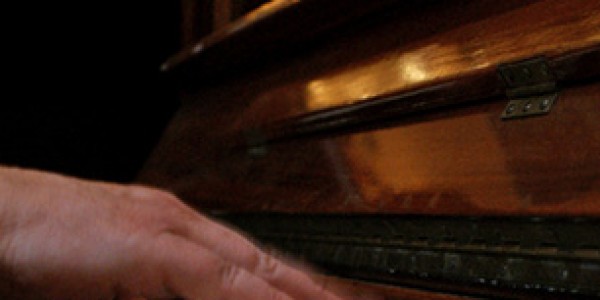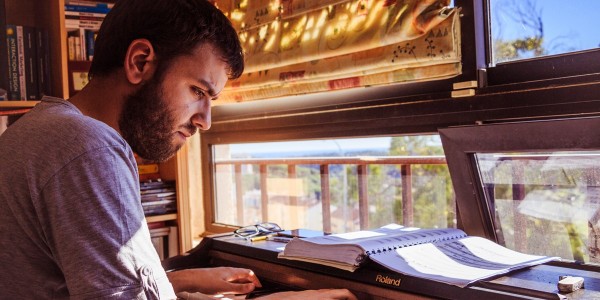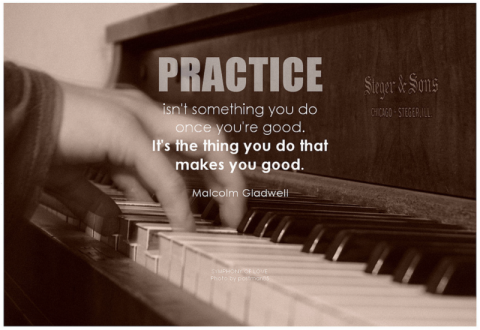practice
Created by French piano pedagogue and composer Charles Louis-Hanon, Hanon exercises consist of independent finger practice. The finger exercises train the pianist in speed, agility, strength and precision of all the fingers, as well as training wrist flexibility. Hanon himself developed 60 finger exercises and assembled them into a book called The Virtuoso Pianist - first published in 1873. Split into three different levels of difficulty they are suitable for all levels and abilities.... See More
Created by French piano pedagogue and composer Charles Louis-Hanon, Hanon exercises consist of independent finger practice. The finger exercises train the pianist in speed, agility, strength and precision of all the fingers, as well as training wrist flexibility. Hanon himself developed 60 finger exercises and assembled them into a book called The Virtuoso Pianist - first published in 1873. Split into three different levels of difficulty they are suitable for all levels and abilities.
#Hanon #Student #Teacher #practice #FingerExercise #Virtuoso
A weekly practice schedule planned based on science.
A good memory assist which works very well is having places to "hang your hat." Be able to start the piece from many different spots, not just from beginning. That way should something happen you have a place to be rescued to. That's not what you want to happen but it gives comfort knowing that and makes the piece much more secure being able to start it from many points.
A good memory assist which works very well is having places to "hang your hat." Be able to start the piece from many different spots, not just from beginning. That way should something happen you have a place to be rescued to. That's not what you want to happen but it gives comfort knowing that and makes the piece much more secure being able to start it from many points.

Most important practice - slow practice.
Going slow is ingraining the correct notes consistently (hands to brain and brain to hands).

You have 10 minutes, we all do. I would really challenge you to set aside 10 minutes each day this week and try this routine. After one week I know you will already notice a difference.

For adult piano learners, keep up your great job!

How to add a Post
- Select a Discussion Group on the left.
- Type in the box at the top.
- Post it!
Discussion Rules and Guidelines
Discussion Groups are where people interact and discuss about various topics. Following these rules and guidelines help to build a better place for more productive conversations.




